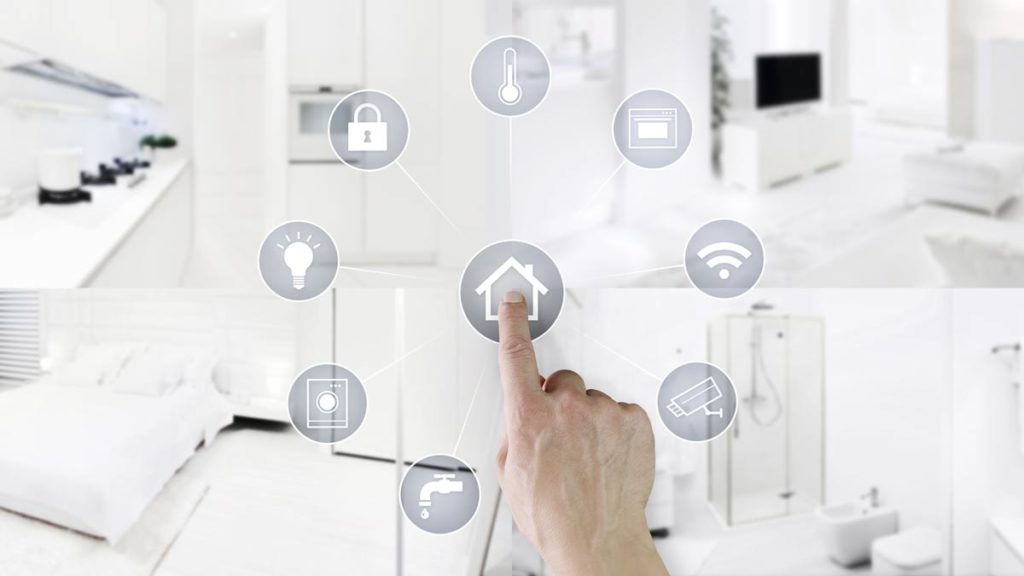Though a definitive understanding of a smart home is yet to be reached, it is nevertheless interesting to discuss different requirements and factors which may constitute one.
CES in Las Vegas was host to a range of fascinating debates and seminars that covered a plethora of topics. Mitchell Klein moderated a panel discussion called ‘Building a Resilient Smart Home’ which saw industry experts share their knowledge of different commercialised IoT sectors and discuss trends in and towards smart living.
Ari Rosenthal, Partner at bluesalve partners, kicked off the seminar by suggesting that the ‘smart home’ has actually become an antiquated term in the industry. Innovators now aspire to the concept of an ‘intelligent home’.
Haim Amir, CEO and Owner at Essence, continued the conversation, telling the audience that what people want is smart ‘living’. This world-centric approach migrates from conventions of the home and implies that such intelligence should operate outside of a house and in all aspects of life.
Interoperability
The emergence of smart appliances cannot be attributed solely to the pandemic as their existence and use has been around long before. However, the effect that lockdowns have had on their adoption is undeniable. Remote working meant that many were forced to spend more time in their house than perhaps ever before.
Melissa Andresko, Chief Corporate Brand Ambassador at Lutron Electronics, explained that recent hyperawareness of the connected home has spurred people to create a “wonderful environment at home”. She warned that this stretches further than mere convenience and draws upon a term that Amir mentioned: ‘peace of mind’.
Andresko reminded her audience that Lutron are famous for their ‘dimming’ lights in the 1960s and have since continued to champion amongst the lighting industry with innovative products. She synthesised the concept of ‘peace of mind’ with security as systems can interconnect to provide maximum protection.
For example, Lutron have introduced a ‘smarter way’ feature on their app which enables people to control their lighting remotely. This means more than setting timers but can randomise rooms, timings and even shades to mimic occupancy for anyone worried about leaving a house empty. Of course, timing features are not to be overlooked either as the benefit of coming home to a well-lit house, especially if you’re alone, adds to your safety and protection.
Andresko continued by delving into the shift in attitudes towards connectivity. People are increasingly understanding smart appliances, no longer calling them ‘gadgets’ but recognising their problem-solving capabilities. Amir noted that security as a sector is more than just an alarm.
He told the audience of a case study in which an elderly and confused lady, that refused to move from her home, had intelligent features incorporated instead. When she got out of bed at 4AM and tried to leave the house, her smart lock on the front door asked her where she was going. Unsure, she answered that she was going to see her doctor. Using AI, the door told her that her doctors’ surgery wasn’t yet open, and with that she returned to bed.
Rosenthal expanded on using smart features to create a safer home. The line between protecting someone and breaching their privacy can be a fine one. Smart solutions seek to collect data and solve problems. In situations, such as the one exampled by Amir, cameras are not always permissible or appropriate. Instead, features like motion detectors will be required to further machine learning.
Connected features will not only be beneficial to the elderly but anyone that needs assistance. IT could be a more cost-effective option as it’s less reliant on human labour, and less invasive than having a stranger come to visit your home.
